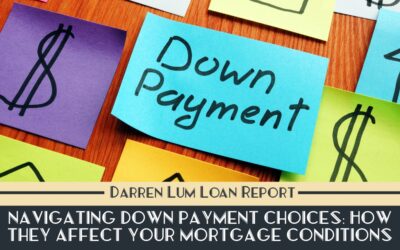Say Goodbye to PMI: How to Eliminate Private Mortgage Insurance
How to Remove Private Mortgage Insurance (PMI) from Your Mortgage
If you have less than 20% equity in your home, your lender may require you to pay Private Mortgage Insurance (PMI) to protect them in case you default on your loan. However, once you have paid off enough of your mortgage or your home has appreciated in value, you may be able to get rid of PMI. Here are some ways to do so:
- Pay down your mortgage: Making extra payments or paying more than the required monthly payment can help you build equity in your home faster and reduce the amount of PMI you have to pay. Once you have 20% equity in your home, you can request your lender to remove the PMI.
- Refinance your mortgage: If you can’t afford to make extra payments, you may consider refinancing your mortgage to a lower interest rate. This could lower your monthly mortgage payment and help you build equity in your home faster. Once you have enough equity in your home, you can request your lender to remove the PMI.
- Get your home appraised: If your home has appreciated in value since you bought it, you may be able to get rid of PMI by getting your home appraised. If the appraisal shows that you have 20% or more equity in your home, you can request your lender to remove the PMI.
- Wait for automatic termination: If you have a conventional mortgage, your lender is required to automatically terminate your PMI when you reach 22% equity in your home, provided you are current on your mortgage payments.
It’s important to note that lenders require PMI to protect themselves when a borrower has less than 20% equity in their home. PMI covers the lender’s losses up to a certain percentage of the loan amount if the borrower defaults on their mortgage. PMI allows lenders to offer mortgages to borrowers with less than 20% down payment while still protecting themselves against the risk of default.
Removing PMI is not the same as homeowner’s insurance, which covers damage to the property. PMI is solely for the benefit of the lender and does not provide any protection for the borrower. It’s important to check with your lender to determine what steps you need to take to remove PMI, as the specific requirements and procedures may vary depending on your lender and the type of mortgage you have.
Categories
- Around The Home
- Budget
- Credit
- Credit Scoring
- Credit:
- DSCR Loan
- Escrow Tips
- Federal Programs
- Federal Reserve
- Financial Reports
- Financing:
- Holiday Tips
- Home Buyer Tips
- Home Financing Tips
- Home Mortgage
- Home Mortgage
- Home Mortgage Tips
- Home Mortgages
- Home Renovation
- Home Seller Tips
- Home Tips
- Home Values
- Homebuyer Tips
- Homeowner Tips
- Investment Properties
- Just Closed
- Market Outlook
- Mortagage Tips
- Mortgage
- Mortgage Application
- Mortgage Rates
- Mortgage Tips
- Personal Finance
- Real Estate
- Real Estate Tips
- Taxes
- Uncategorized



